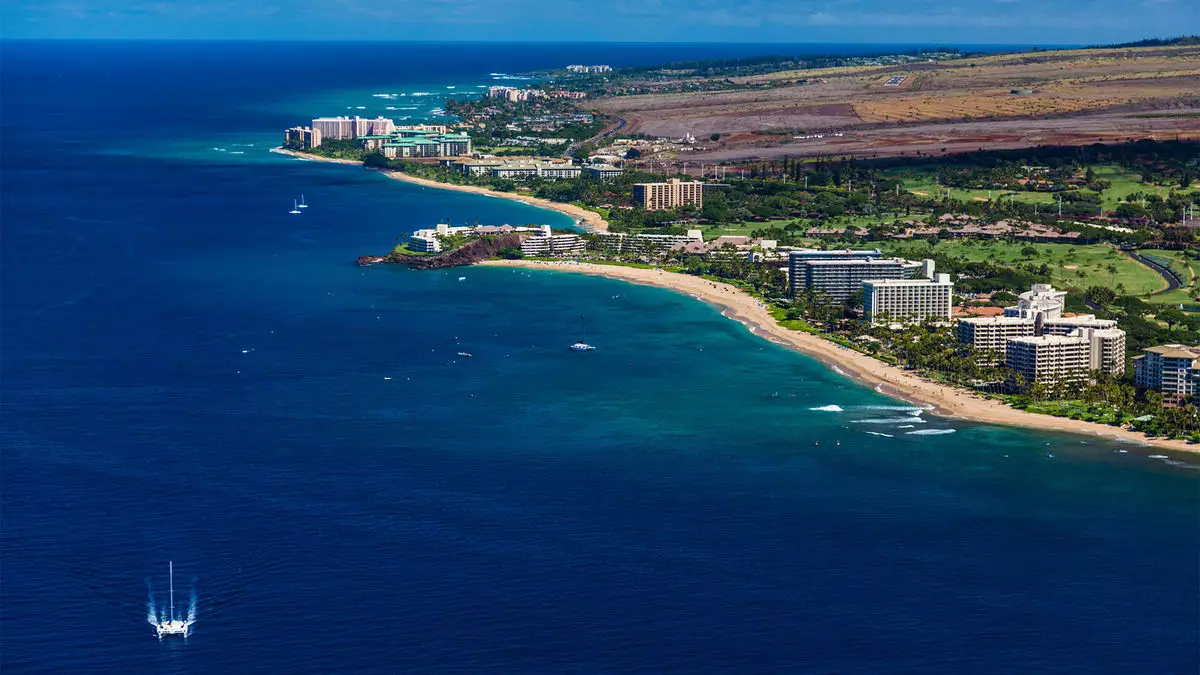The Hawaii Tourism Authority (HTA) recently released data showing a decrease in hotel occupancy and room rates across Hawaii in June. The statewide occupancy rate was 75.5%, down 1.2 percentage points from the previous year. Additionally, the average daily rate (ADR) fell by 3.7% year over year to $373. This decline resulted in a total hotel room revenue of $470.8 million for the month, reflecting a 5.1% decrease from June of the prior year.
Looking at the first half of the year, the HTA reported that statewide hotel occupancy remained relatively stable at 74.7%. Despite this, overall hotel room revenue in Hawaii was down by 2.3% year over year, amounting to $2.8 billion. These numbers indicate a challenging year for the hospitality industry in Hawaii, with fluctuations in demand and pricing affecting the market.
In particular, Maui faced significant challenges in June as it continued to recover from wildfires in Lahaina. Hotel occupancy on the island dropped by 9.2% year over year, reaching just 66.7%. Moreover, the ADR for Maui hotels was $562.9, reflecting a steep decline of nearly 10% compared to the previous year. Despite this, it is worth noting that this rate still represents a substantial 43% increase from pre-pandemic levels in June 2019.
The data from June underscores the ongoing impact of external factors on Hawaii’s hospitality industry. From natural disasters to global health crises, the market is susceptible to a wide range of influences that can shape travel patterns and consumer behavior. As hoteliers and tourism authorities navigate these challenges, there is an opportunity to innovate and adapt to changing circumstances. By analyzing trends, identifying key drivers of demand, and enhancing the overall visitor experience, stakeholders can work towards a more sustainable and resilient tourism sector in Hawaii.
The decline in hotel occupancy and room rates in Hawaii during June highlights the need for strategic planning and proactive measures to address market fluctuations. While uncertainties remain, there is potential for growth and recovery in the industry. By closely monitoring data, collaborating with industry partners, and implementing targeted strategies, Hawaii’s hospitality sector can navigate the current landscape and emerge stronger in the post-pandemic era.

